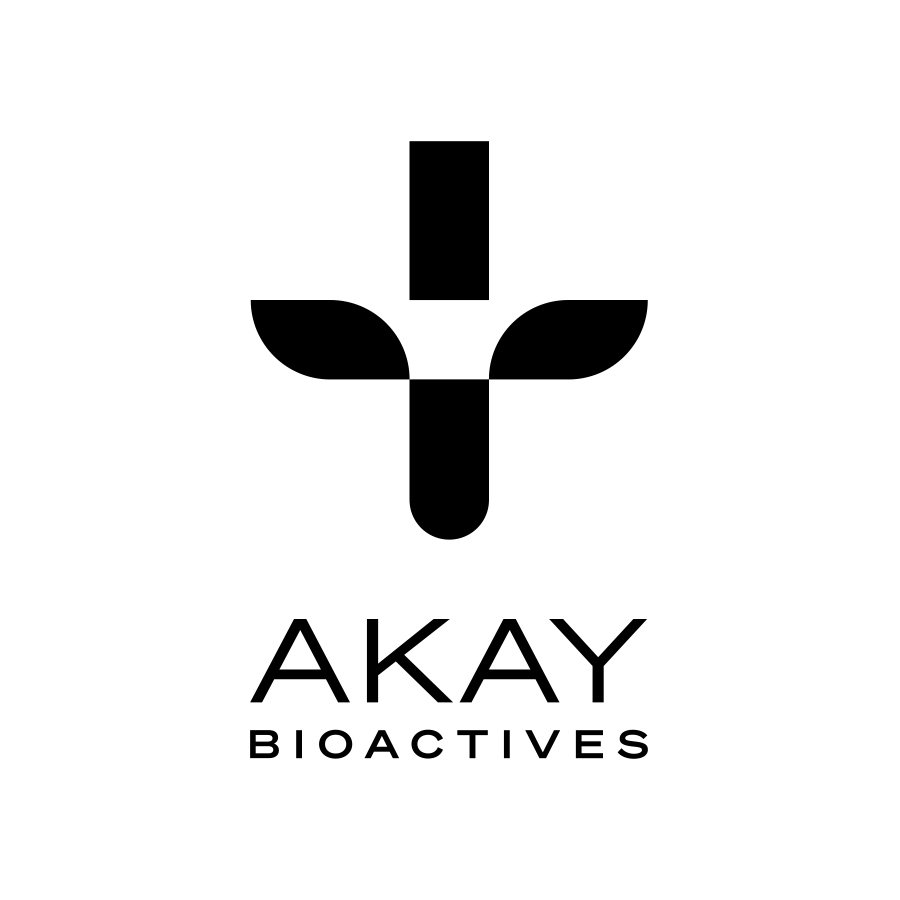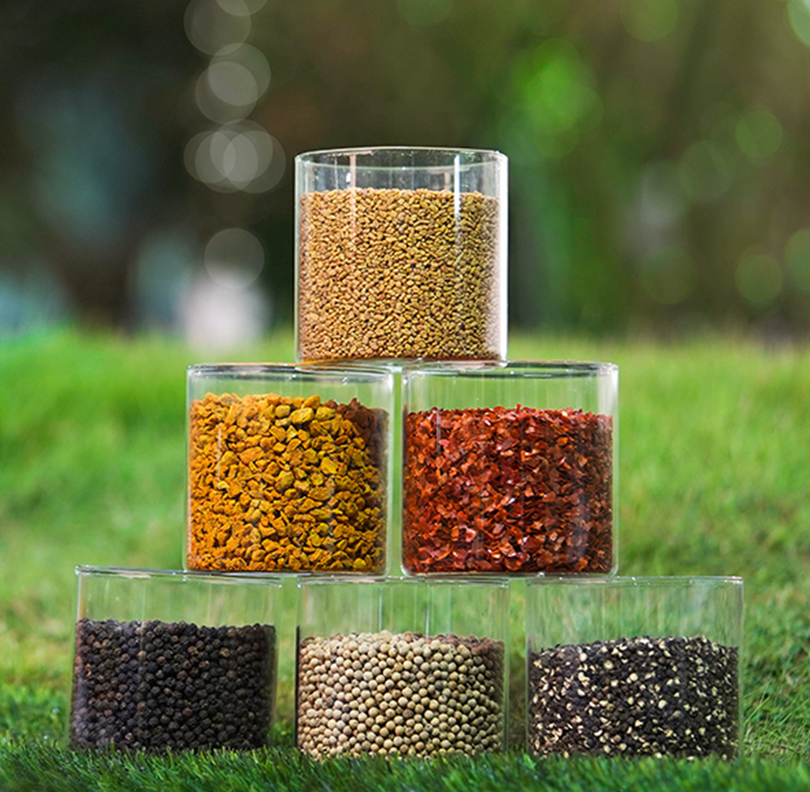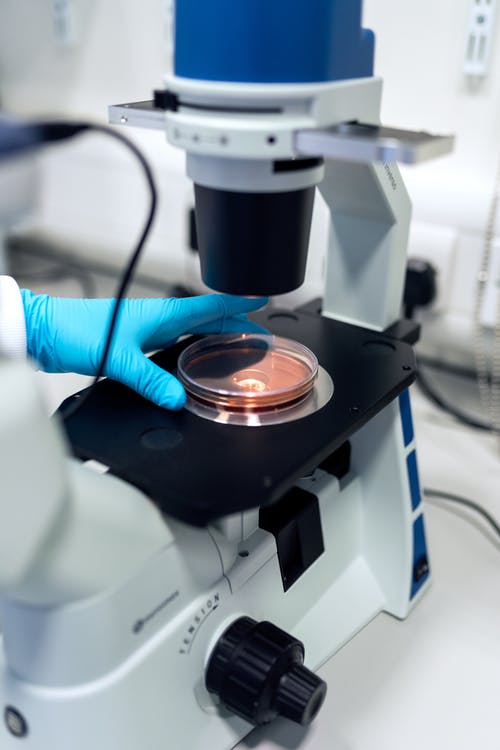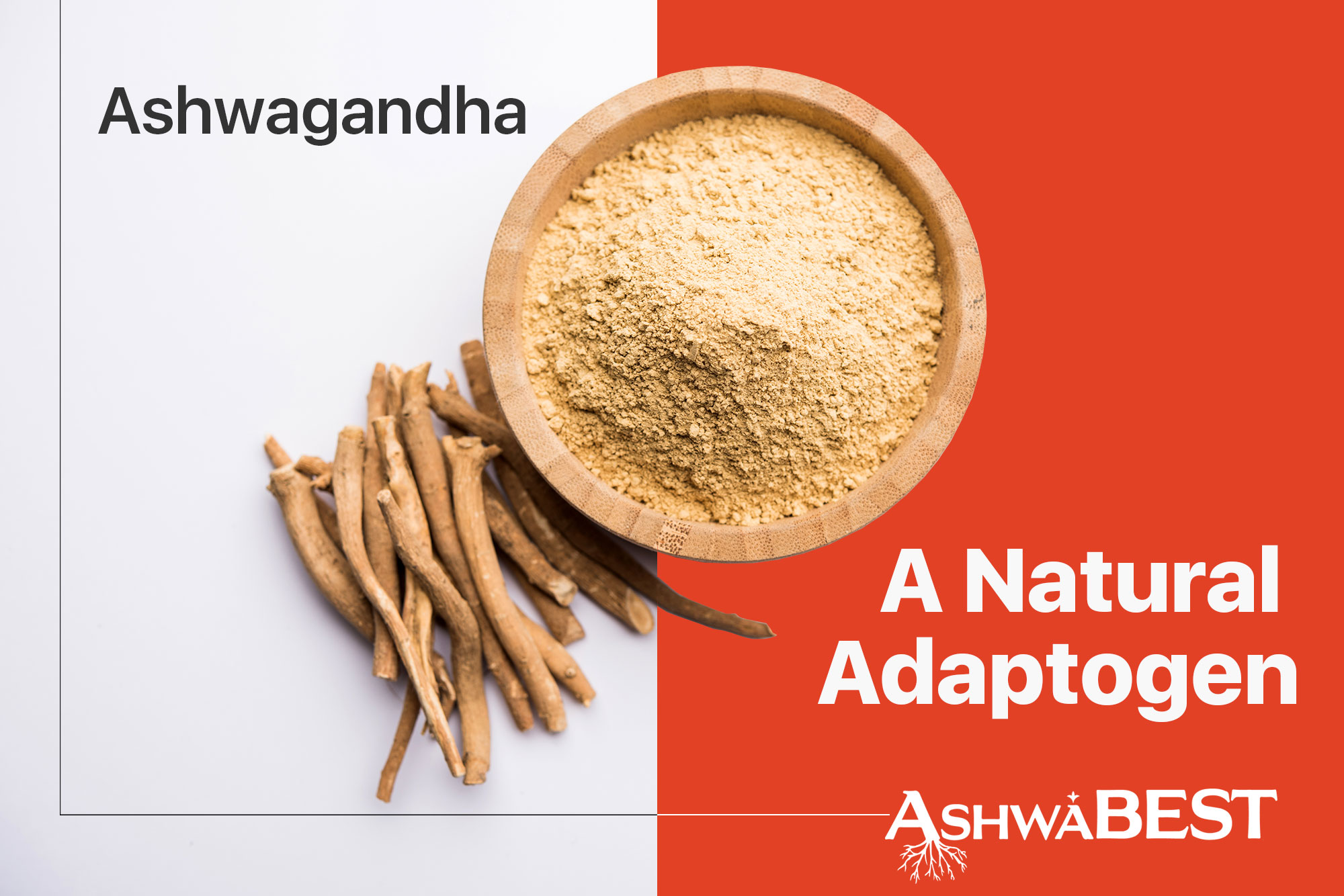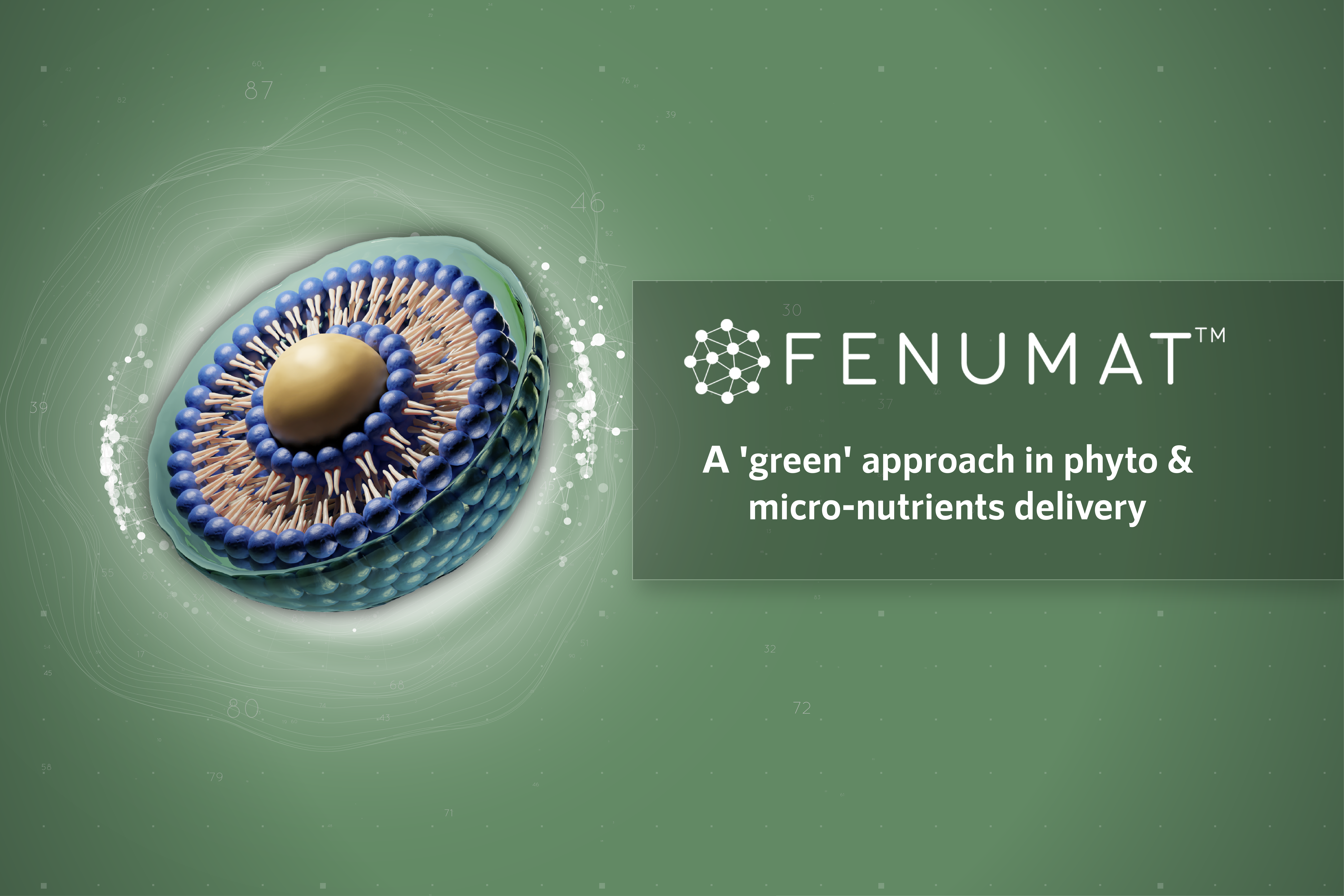Blood-Brain-Barrier permeability and free curcuminoids delivery of CurQfen ®

Blood-Brain-Barrier permeability and free curcuminoids delivery of CurQfen ®
Free curcuminoids delivery
Recent advances in the bioactivity of curcuminoids and their conjugated metabolites have demonstrated that the real challenge in the translation of the beneficial pharmacological activities of curcumin lies in the ability of a formulation to provide significantly high levels of free unconjugated curcuminoids (curcumin, demethoxycurcumin and bisdemethoxycurcumin) into the blood and further into the organ tissues. Absorption and organ tissue distribution of the bioactive form of any substance is very crucial for the functional benefits/therapeutic efficacy at the target site. Thus, the important difference among the various curcumin formulations lies in their inherent ability to deliver the free curcuminoids into the target sites. While modern research is heading towards the nano curcumin formulations suitable for injections to achieve this goal, CurQfen® – a 100% natural food grade formulation of curcumin using fenugreek soluble dietary fibre as ‘curcumagalactomannosides’, (the US-patented) achieved significantly high levels of biologically active free curcuminoids into the organ tissues including the brain, with an average enhancement in bioavailability of 25-fold. Recent research published in the Journal of Functional Foods has employed a standardized and validated UPLC-ESI-MS/MS method as per ICH guidelines.
Blood-Brain-Barrier permeability
There exist a tremendous difference in the bioavailability of various formulations, since most of the reports follow the total plasma curcumin metabolites measurement as free curcumin equivalents by treating the plasma with a β-glucuronidase enzyme to convert the conjugated curcumin metabolites to free curcumin. No systematic information was available on the absorption and biodistribution of free unconjugated curcuminoids upon oral administration. The results of the CurQfen® study show considerable in vivo stability of the free curcuminoids to overcome the metabolic turnover to deliver significantly high levels suitable for its Blood-Brain-Barrier permeability. While curcumin molecules as such have the inherent ability to cross the BBB, the formulations generally fail to provide the free curcuminoids with sufficient stability. Thus, CurQfen® possesses membrane permeability over its bioavailability and makes sure the cell uptake for further cellular processes. BBB permeability and cell uptake of CurQfen® can have significant implications for optimum brain health and neurodegenerative diseases, as curcumin has already shown to have neuroprotective effects mediated by neurogenesis, and synaptogenesis and anti-neuroinflammatory effects. CurQfen® has been shown to deposit free curcuminoids, (including curcumin, DMC & BDMC) at 343 ± 64.7 ng/g in brain tissues, with an extended elimination half-life of 4 h with an enhanced oral free curcuminoids bioavailability of 25-fold, as per area under curve calculations. Standard unformulated curcumin, on the other hand, detected only 1.4 ± 0.8 ng/g of curcumin in the brain tissues. The depositions at the other organ tissues at (ng/g), heart (391.7 ± 102.5), liver (445.52 ± 83), kidney (240.1 ±47.2), and spleen (229.72 ± 42.2) also conform to the cell uptake of bioactive curcuminoids, which is an essential feature for extending the efficacy of any drugs.
Being a novel cell-permeable free curcuminoids natural delivery formulation with all toxicity evaluations, further clinical trials on brain health potentials and GRAS status for CurQfen® are underway.
References:
Journal of Functional Foods, 2015, 14: 215-225
Food & Function, 2015, 6:276-86
Journal of Functional Foods, 2012, 4:348-357



